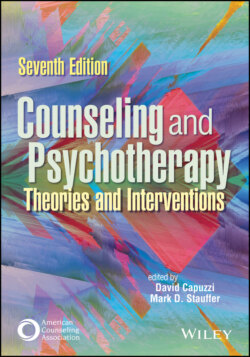Читать книгу Counseling and Psychotherapy - Группа авторов - Страница 83
Development of Relational Images
ОглавлениеMiller and Stiver (1995) wrote that relational images “reflect a person’s expectations and fears of how other people will respond to her longings for connection” (p. 214). Related to human development, relational images begin to form in infancy and develop throughout a person’s life (Miller & Stiver, 1995). Children who generally experiences the five good things throughout their development grow up experiencing a sense of vitality, worth, clarity, and feelings of productivity in their formative years. These children can expect responsiveness to their longing for connection. By contrast, children raised in neglectful or abusive environments may hold relational images of rejection, neglect, violence, or manipulation (Jordan & Duffey, 2020). When a child yearns for connection and is met with rejection in its many forms, these relational images set the expectations throughout the person’s life. The very nourishment of human connection can seem frightening or unattainable. People can protect themselves from the very relationships they need. Vulnerability and authenticity become frightening prospects, and people develop strategies to survive in a disconnected world (Miller & Stiver, 1995). From a developmental perspective, counselors attend to the meaning and experiences of clients’ relational images and engage with mutual empathy and shared creativity to foster new relational images.
